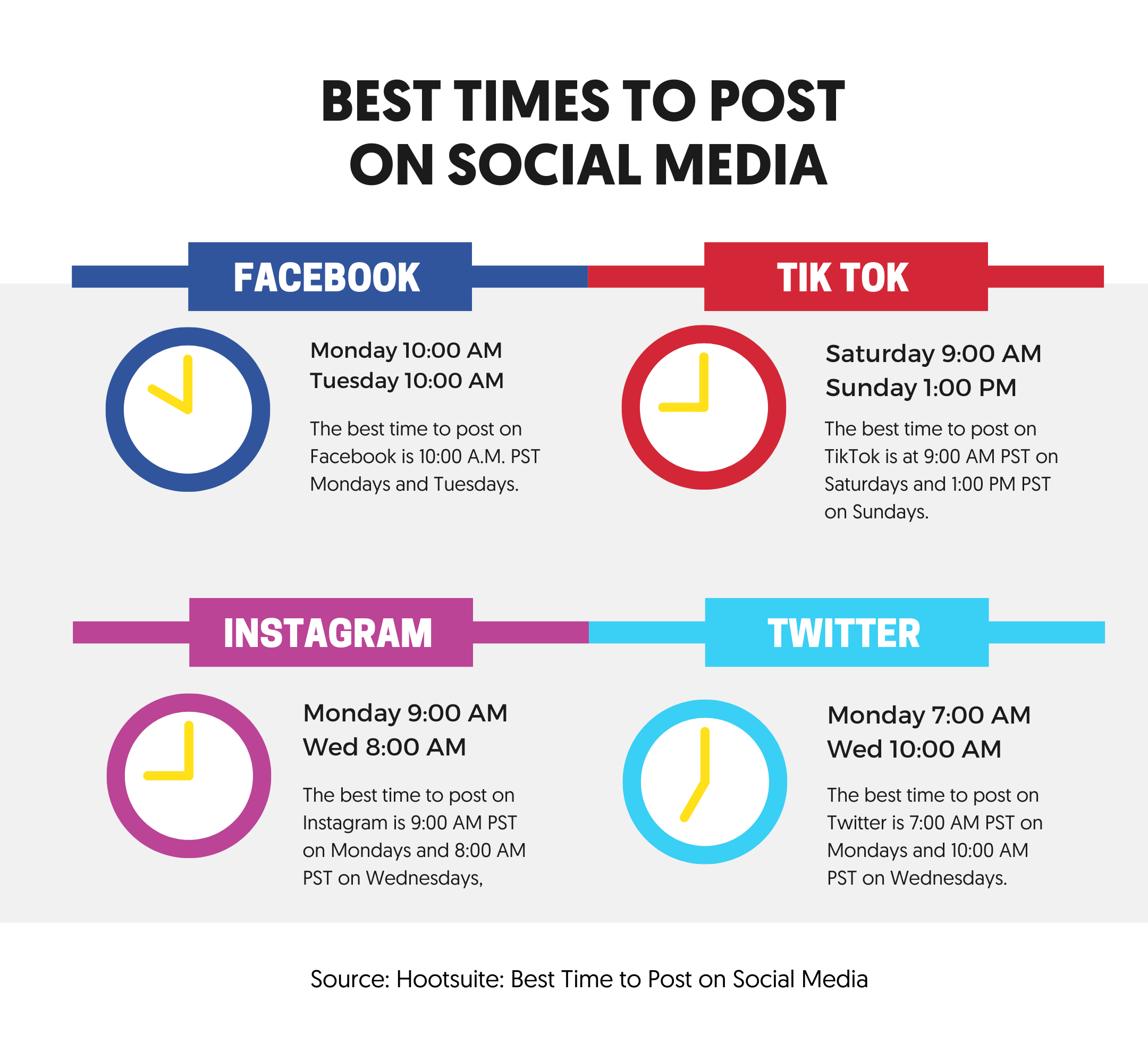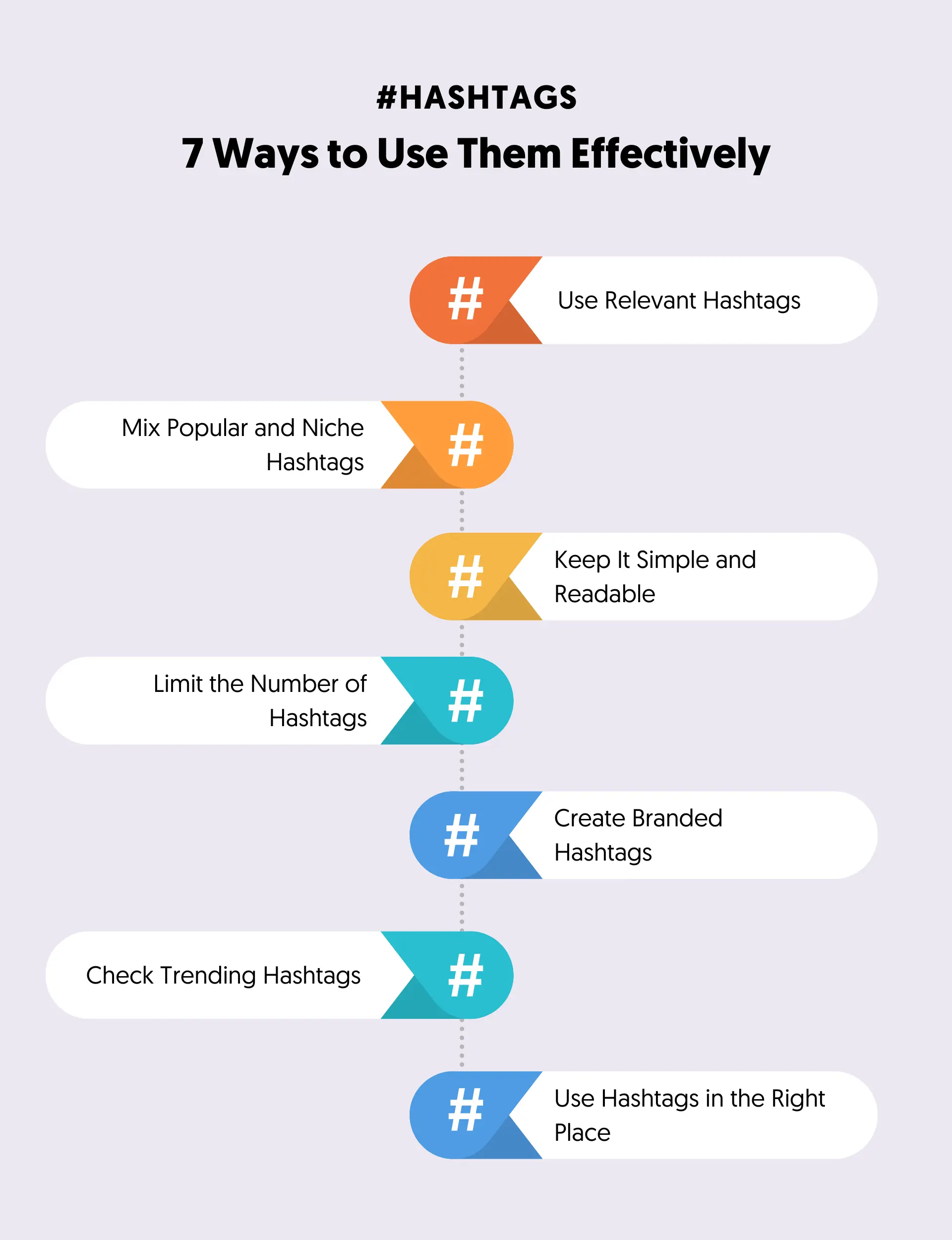What Is Facebook Organic Reach?
Facebook's organic reach is the number of people who will see your new posts in their timelines without promoting them through advertising.
In an ideal World, the greater the number of followers, the greater the number of people who will view your post. On Facebook, this is not entirely true.
The average organic reach of a ‘normal’ Facebook page has been declining steadily over the years, with some studies showing a reach of no more than 4%. The percentage for popular Facebook pages (with more than 500K likes) is even smaller.
In other words, more than 95% of your audience (in a best-case scenario) will never see your posts!
So, to increase your Facebook reach, you have to use Facebook’s advertising system, find ways to reach more people organically, or both.
Why is organic reach declining?
According to Facebook, there are two main reasons:
First, too much content is being shared, making viewing everything in the user’s timeline impossible.
Second, Facebook is trying to show users the most relevant content by avoiding spam and content that does not make sense to them.
Of course, they give more reasons to justify their decision, but what we are most interested in at the moment is understanding how they distinguish content that is thought to be relevant to a user so that it shows in their news feed. The answer is found in the Facebook ranking algorithm.
How Does The Facebook Ranking Algorithm Work?
The Facebook ranking algorithm is a set of rules the system uses to decide what to show in the user’s timeline. It also determines the order of results when people use the Facebook search function.
It is similar to the Google or Bing ranking algorithm in that it is automated, has hundreds of parameters, and is kept secret. For obvious reasons, the company does not reveal what is included in the algorithm and how ranking decisions are made.
By understanding how the algorithm works, we can optimize our Facebook page and posts for more exposure (both organic and paid). It’s like doing SEO for Google but in a slightly different way.
The most important factors considered by the Facebook Ranking Algorithm are:
- The type of post (based on past users’ interaction with the same post type)
- When a post is published
- User’s experience with the page where the post is published
- Popularity of the post (in general)
- Popularity of a post among people that can influence your decisions (i.e., your Facebook friends)
How to Increase Facebook Organic Reach
To get your Facebook posts seen by more people, follow these best practices:
1. Increase Your Followers
You need a good base to work on, so having many followers on your Facebook page is important. Few people will see your posts if you don’t have at least 20K-30K.
If you are not yet in this range, the best way to gain more followers is to use Facebook ads and target the people most likely to follow your page.
This involves paying Facebook for this service, but as we will see later, the benefits justify the costs since you can target a larger audience organically.
2. Use Facebook 'Boost Post' Feature
This is the most crucial method to get your posts in front of more people.
At this stage, we don’t want to reach anyone even if it meets the criteria of our target audience, but we want to go after our Fans and their friends.
Let me explain why.
Your posts will get more likes – Users are already fans of your page and are more likely to LIKE, SHARE, or COMMENT on a post from a page they follow, so your posts will be popular.
Facebook Algorithm gets the right signals. Promoting your post to your fans and their friends (who are not necessarily your fans) and getting interactions from those 2 groups dramatically increase the ‘engagement probability,’ which also benefits your future posts.
Facebook will start noticing that your fans and their friends share your posts, eventually increasing your Facebook's organic reach for new posts.
This is what you have to do:
Ensure you already have 20K-30K fans on your Facebook Business page.
Make sure that you publish a new post at least once per day.
Every week, choose 2-3 of your best posts and use BOOST POST to target ‘People who like your Page and their friends’. You don’t have to spend a fortune; $5 per post is enough.
Experiment with different post types (images, videos, titles, etc.) to find out which get the most interactions and promote those more.
Follow this for a few months, and stop promoting your posts. Keep publishing posts regularly.
Analyze the results: Go to INSIGHTS, select REACH, and compare your organic post reach for different periods. Check and examine your organic reach before using ‘Boost Post’, during that period, and after.
My tests showed a significant increase (almost 40%) in organic reach in all periods, especially after doing the ‘boost post’ for a few months.
3. Publish Evergreen Content
Evergreen content remains relevant and valuable long after it’s published. Unlike trending topics or time-sensitive news, evergreen posts continue to attract engagement, shares, and comments over months or even years.
Examples include how-to guides, FAQs, tips, case studies, and educational posts that solve common problems for your audience.
Creating evergreen content gives your posts a longer lifespan on Facebook. When people engage with your content over time, the algorithm sees it as valuable and continues to show it to more users.
Additionally, you can periodically reshare these posts, keeping your Facebook page active without constantly creating new content. This helps you maximize your reach while maintaining a consistent posting schedule.
4. Schedule Posts On Dates That Will Generate More Engagement
I schedule my Facebook posts to go live in the morning. I get more interactions if I post between 9:00 and 10:00 a.m.
Many studies, like this one from Coschedule, can give you some guidelines, but the best way to find out is to examine your insights and experiment with different dates/times.

5. Share Posts On Your Personal Profile
As stated many times above, one factor that can help increase your organic reach is engagement with posts from your friends.
It makes more sense for a friend to share or like an article from a friend’s timeline than from a business page.
To take advantage of this, ensure that you share on your personal profile, the posts published on your Facebook Business Page.
Nowadays, everyone has a couple of hundred ‘friends’ on their profiles, and if you share something good and interesting with them, they will most probably like it, thus expanding your reach even more.
6. Use Hashtags Correctly
Unlike Instagram, people tend not to like many hashtags on a Facebook post. A recent study by Social Bakers showed that the optimum number of hashtags for Facebook posts is no more than 2.
With this in mind, there is no reason why you should use more.

7. Promote Your Posts On Other Platforms
Don’t just rely on Facebook alone; use other ways to increase the exposure of your Facebook posts. For example:
Share the post with your email subscribers: One advantage of having many email subscribers is that they can help you promote a post organically.
As soon as you publish a post on your website, send a newsletter and ask your subscribers to share the post (if they find it useful) on Facebook.
Share the post on other social networks with a strong presence: If you have more followers on X, Instagram, ask them to share your Facebook post.
Optimize social sharing on your website: Test and ensure that when someone clicks the SHARE button from your blog post page, the post is optimized for sharing, i.e., it has the right image, title, and content.
Conclusion
To increase your organic reach on Facebook, use the 'Boost Post' feature to get more engagement from your fans (and their friends).
When you do this several times, Facebook will recognize that your fans interact with your posts (a strong signal in the Facebook algorithm) and show your future posts organically to more of your fans.
This technique, together with the other methods outlined above, will certainly and quickly increase your Facebook organic reach without spending too much time on tasks or practices that are uncertain if they work or not.



